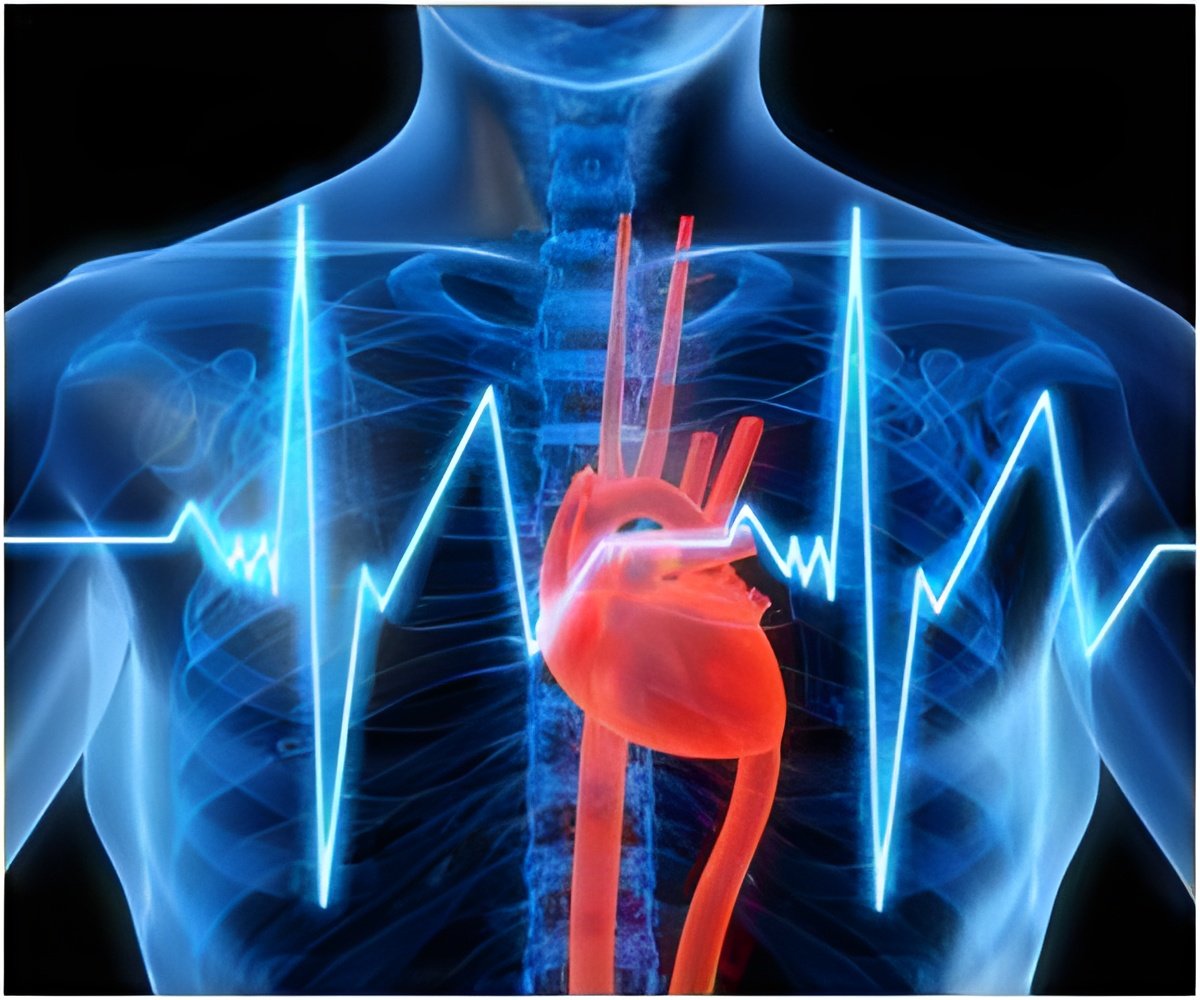
Muscle cells are highly specialized cells that are able to physically contract and produce force. Many variables contribute to the active generation of force, with the availability of calcium in the cell interior playing a major role in the process of muscle contraction. However, recent studies have also implicated the state of a key contractile protein called myosin. Myosin is a motor protein that binds to another contractile protein (called actin) and, using energy it liberated from ATP, pulls on the actin to physically shorten the muscle.
"We have recently identified a new 'super' relaxed state of myosin in resting skeletal muscle, called the SRX," says senior study author, Dr. Roger Cooke from the University of California, San Francisco. "The SRX state has a much smaller ATP turnover rate and shows that "relaxed" myosin comes in at least two states that differ with regards to energy utilization. By analogy with another motor, active myosin generating force is akin to a car racing down the road. The normal relaxed myosin is similar to a car stopped at a traffic light with the motor running, and the counterpart of the SRX is a car parked beside the road with the motor off. In the current study, we sought to build on our earlier work in skeletal muscle and examine the SRX state in cardiac muscle cells."
Dr. Cooke's group showed that there is an SRX state in resting cardiac muscle cells that is similar to the SRX state in resting skeletal muscle cells. The researchers went on to show that when you look at active muscle, the SRX state is quite different in cardiac muscle compared to skeletal muscle. "We observed a rapid transition of myosin out of the SRX state in active skeletal muscle cells, while, somewhat surprisingly, the SRX state was maintained in active cardiac muscle cells," says Dr. Cooke. This suggests that the SRX plays a very different role in these different types of muscle.
"We identified a new state of myosin in cardiac muscle with a very low ATP turnover rate that could play a role in decreasing the metabolic load of the myocardium," explains Dr. Cooke. "The mechanism proposed here for cardiac muscle suggests that therapeutic interventions that increase the population of the SRX would be cardio-protective during times of stress. They may also be useful in preserving organs for transplant."
Advertisement











